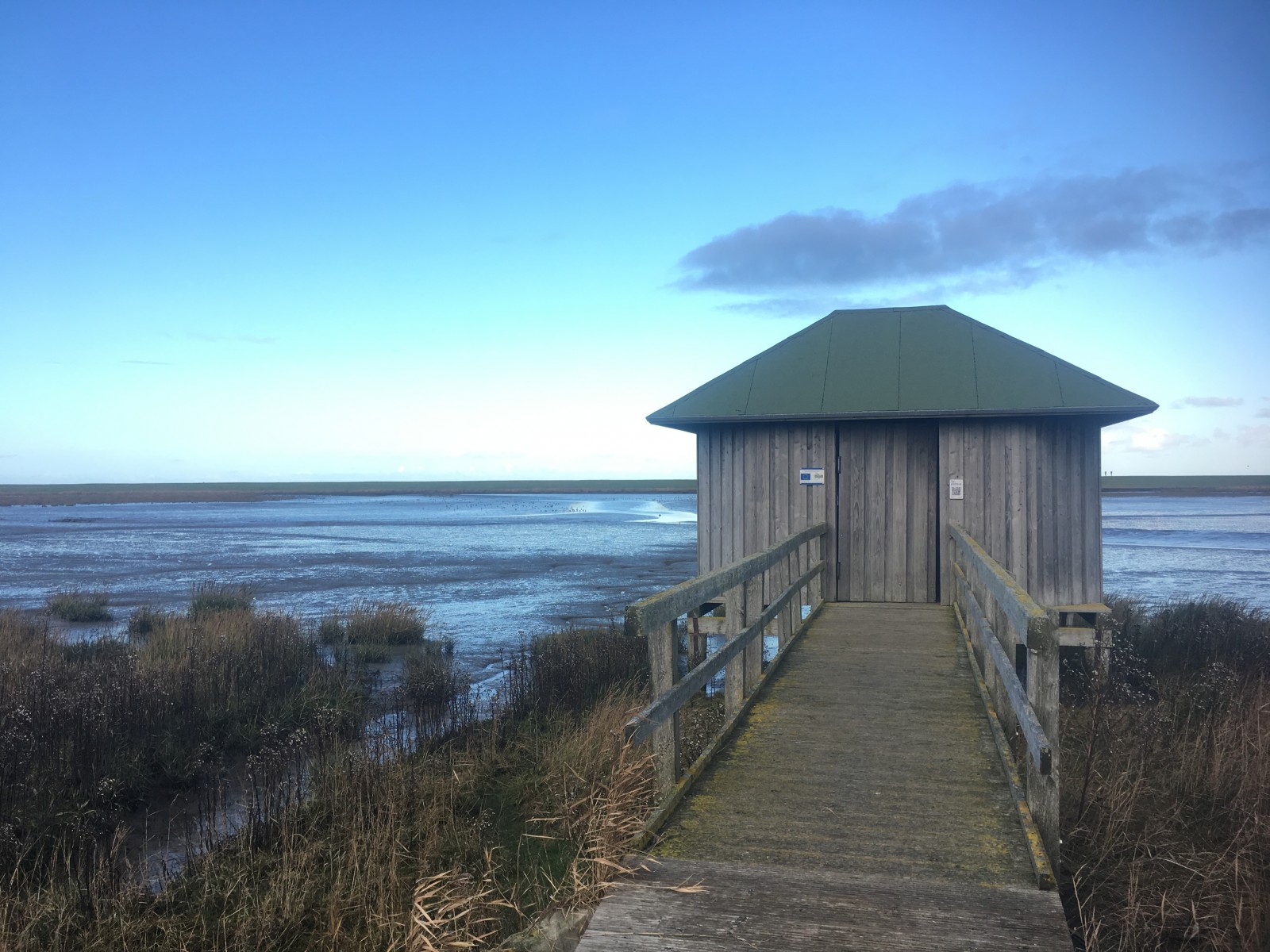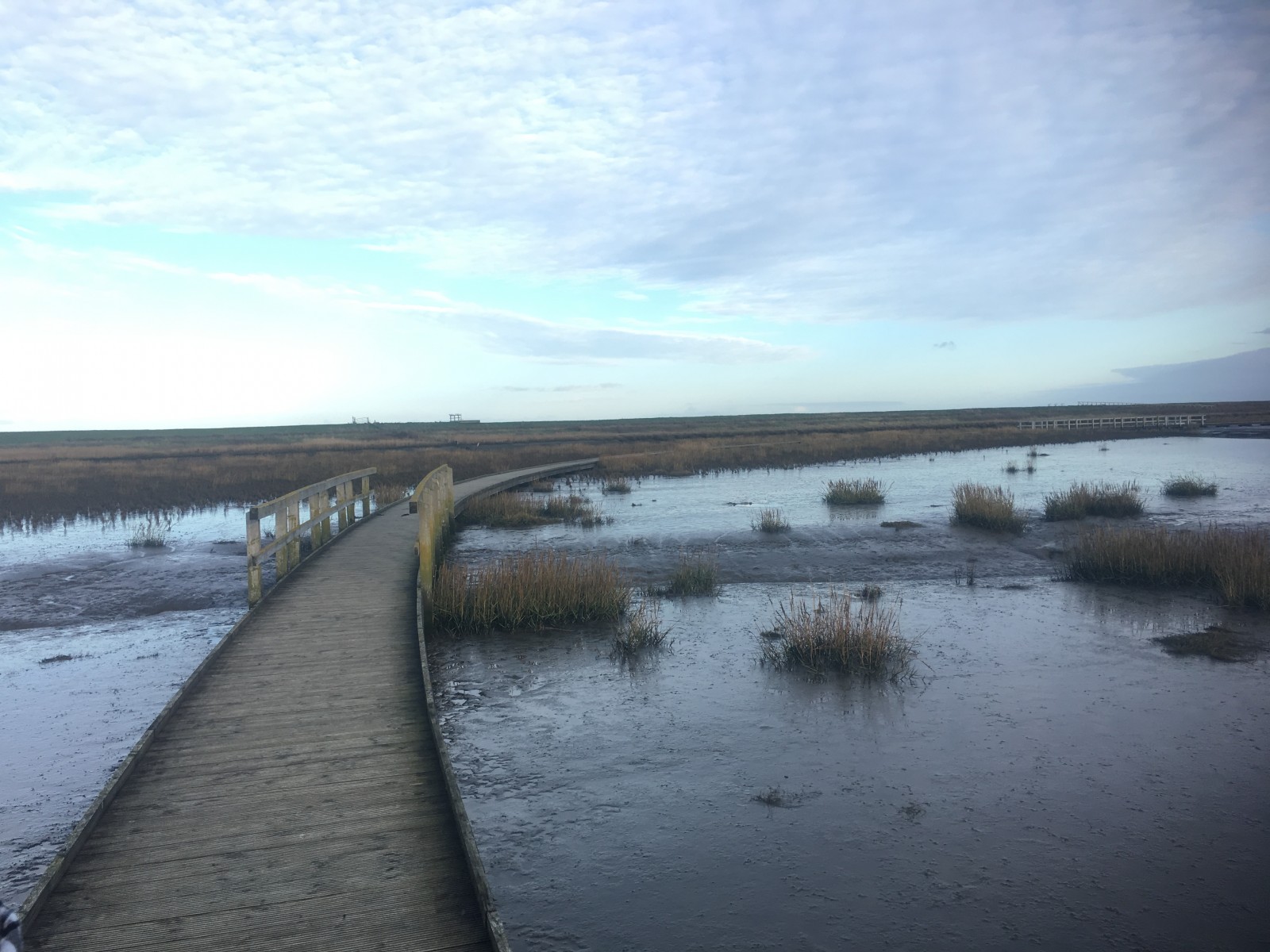Opis
The Langwarder Groden was created by reopening a front dike, so that the diked Groden was opened again to the influence of the tide. This created extensive mud flats, shallow water areas and salt marshes - habitats for many breeding and resting birds. The Groden is part of the Wadden Sea National Park. During the breeding season, for example, świergotek łąkowy, skowronek, krwawodziób or czajka can be found here. During migration times, numerous migrants of the Wadden Sea can be observed here, partly in impressive numbers of waders, such as krwawodziób, siewka złota or kulik wielki and ducks, such as świstun, cyraneczka or rożeniec. uszatka błotna and błotniak zbożowy also hunt in the salt marshes in winter.
The typical songbird winter guests such as rzepołuch, górniczek, świergotek nadmorski and śnieguła, as well as poświerka can also be found here. There is a nicely landscaped path through the shingle areas and a very well positioned bird watching hide. Inside the dyke you can also watch flocks of geese grazing from the main dike. The "National Park House" visitor center is located in Fedderwardersiel.
Szczegóły
Dostęp
There are parking spaces in the inner dike. Easily accessible by bike along the North Sea dike, but in some of the central areas of the area there is a cycling ban. Difficult to get to by public transport.
Teren i siedlisko
Tereny podmokłe , Łąka , Morze , BłotaWarunki
Płaski , Brak cienia , Możliwy wysoki poziom wody , Otwarty krajobraz , ŚliskoTrasa dookoła
TakCzy luneta będzie przydatna ?
Może być przydatnaUdany sezon obserwacyjny
Przez cały rokNajlepszy czas na wizytę
Zima , Wiosenne migracje , Jesienne migracjeTrasa
Wąski szlak , Droga nieutwardzona , Droga utwardzona , Szeroka ścieżkaPoziom trudności szlaku pieszego
Średnio wymagający spacerDostępne
Pieszo , Wózek inwalidzkiCzatownia/platforma obserwacyjna
TakDodatkowe informacje
In summer it can be very crowded due to the North Sea tourists.





